We often forget that trees are living things that possess unique features and characteristics. Trees stand to vary significantly in their size and shape. Discover the trees that start with P.
Some trees are more significant than others with more distinguishable characteristics. You may have come across trees that stand out in your memory because of their unique leaves or vibrant flowers.

With so many varieties of trees in the world, it’s impossible to examine every single tree on the planet, however, this post will explore a unique variety of tree species from across the globe starting with P.
1. Padauk Tree
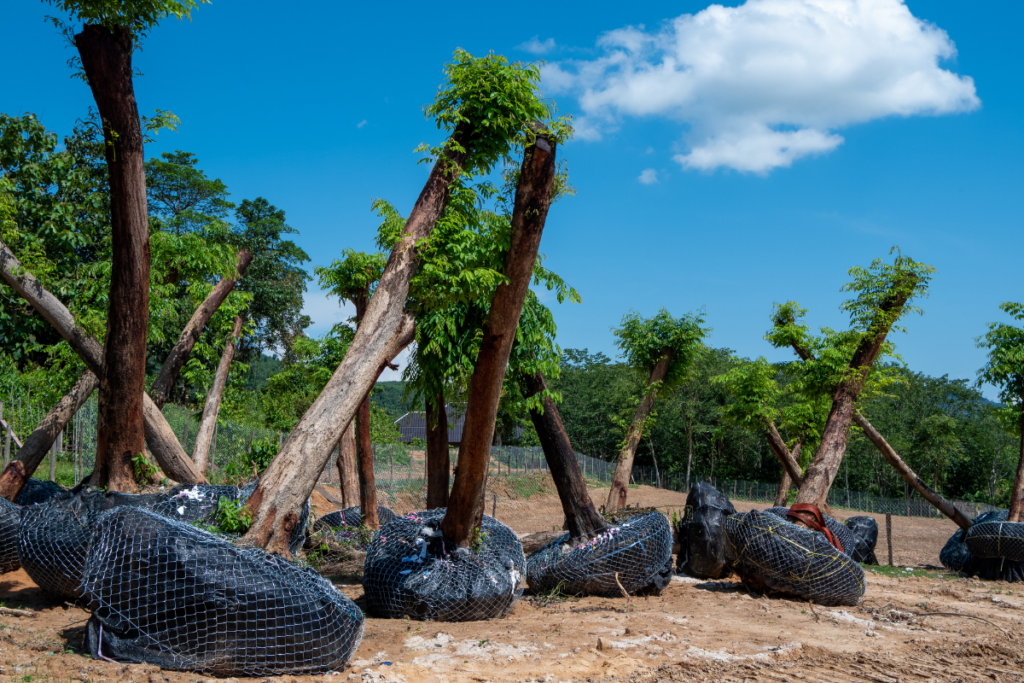
The padauk tree is recognized for its beautiful wood.
The tree is commercially cultivated as its timber stands to be of considerable value and is commonly used to make furniture.
Known as the red sandalwood, the padauk tree’s wood boasts distinctive red-orange stripes.
The padauk tree possesses this color when it is freshly cut but once it has been significantly exposed to sunlight its color turns from red to brown.
Besides its unique color, the padauk tree is also recognized for the unusually shaped seed pods that it produces.
Known as ‘wing fruit,’ the tree’s seeds are covered in a thin, wafer-like case that causes the seed to sail to the ground when it detaches from its branch.
2. Palm Tree

The palm tree is one of the most widely recognized types of tree known for its unique feathered leaves. There are a significant number of palm tree variations with over 2600 existing species.
The palm tree can commonly be found growing in subtropical regions as it thrives in warm climates.
It is characterized as a hardy tree as it can withstand a multitude of environments, growing in several different habitats from rainforests to deserts.
The palm tree is internationally cultivated for the fruit it bears but is also used for ornamental purposes as it stands to be a tropical symbol.
RELATED: Madagascar Palm Tree: The #1 Care, Propagation, and Watering Guide
3. Palo Verde Tree
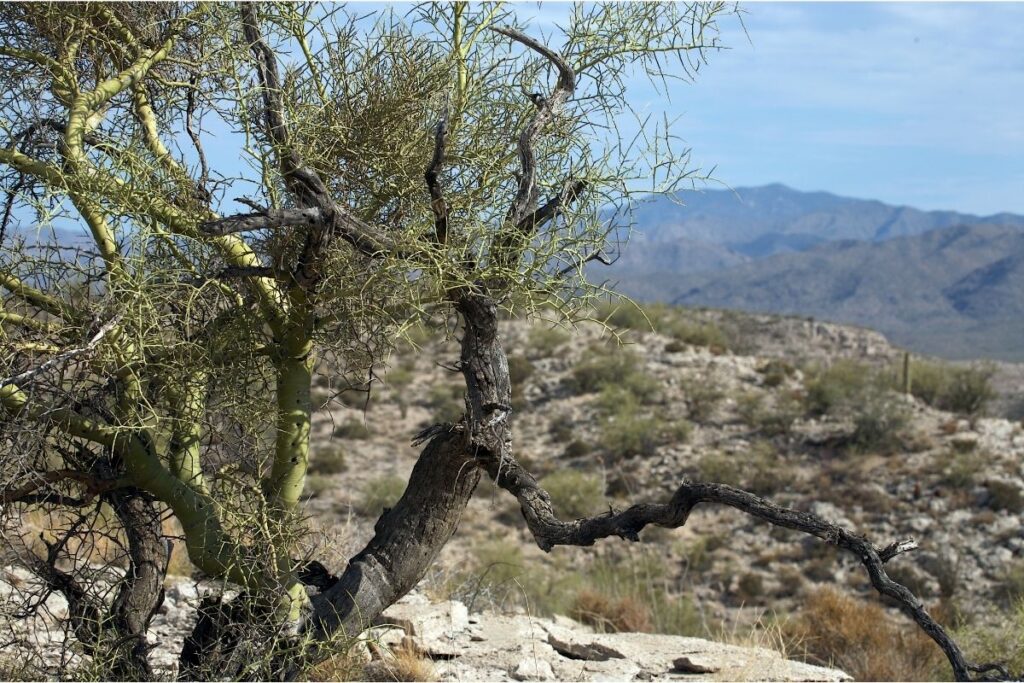
Also known as the Parkinsonia Florida, the palo verde tree is classified as a member of the pea family which is characterized as a flowering plant.
The palo verde tree is recognized by its distinctive green mossy trunk and branches as well as its bright yellow pea-like flowers.
The palo verde tree is known to thrive in warm climates. It is native to the Sonoran Deserts, and it can most commonly be found in the Colorado Desert.
The plant’s pea-like fruits are edible and have long been used as a food source along with their flowers which are also edible.
4. Papaya Tree
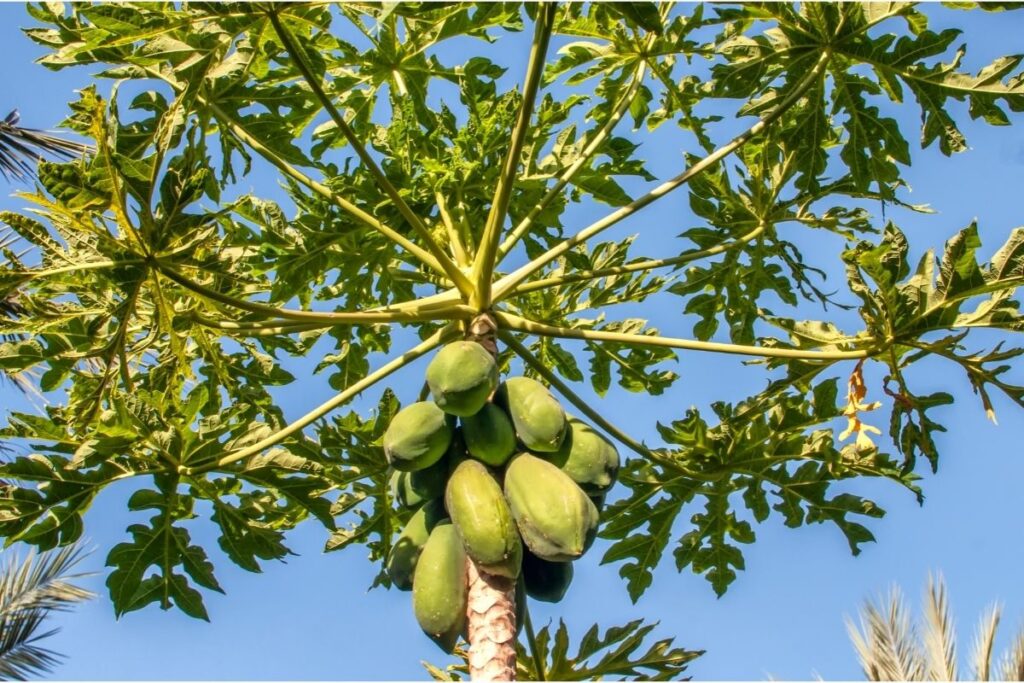
The papaya tree is most recognized for the fruit that it produces which is commonly known as the papaya or pawpaw.
The papaya fruit is popular for its sweet and floral flesh and is internationally cultivated as a food source.
The papaya tree can most commonly be found growing in tropical regions. They are native to America and Mexico.
The papaya tree thrives in sandy conditions of well-drained soil. There stand to be about 22 species of the papaya plant which is scientifically known as the Carica papaya.
Each species bears a unique variation of the papaya fruit with some recognized for their sweetness and others recognized for their unique color.
5. Papeda Tree
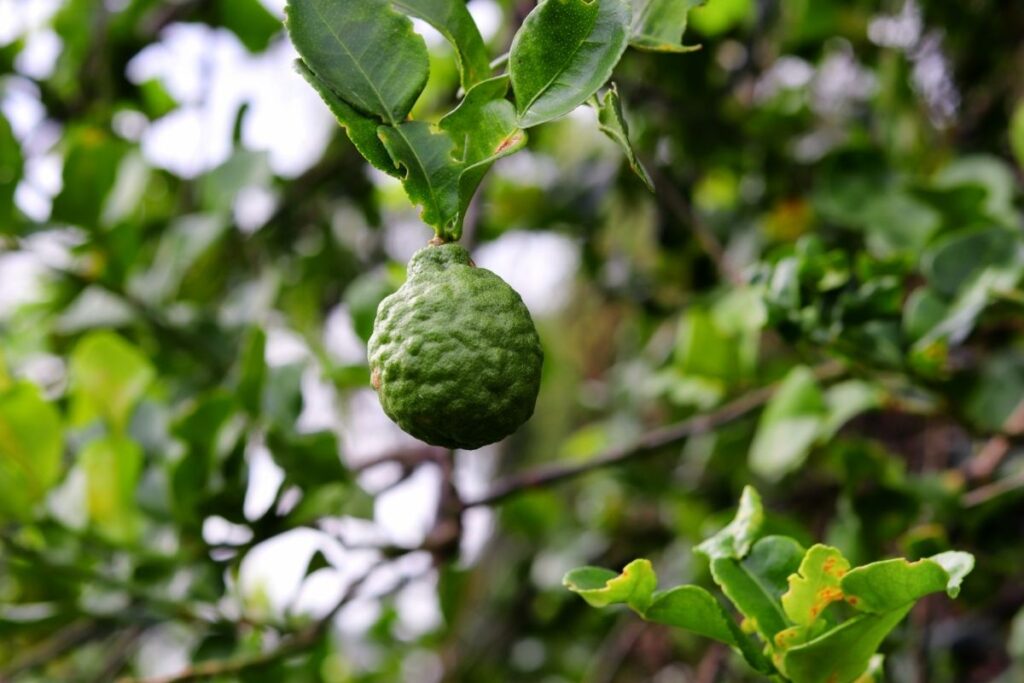
The papeda tree is characterized as a citrus plant that is recognized for producing lime-like fruit.
However, the fruit the papeda tree produces is considered to be generally unpalatable as it has a significantly bitter taste.
However, its bitterness is sometimes used for culinary purposes, but it is not as widely cultivated as other citrus fruits such as lime and lemon.
The papeda tree is known to thrive in tropical climates and is native to the tropics of Asia.
6. Paper Mulberry
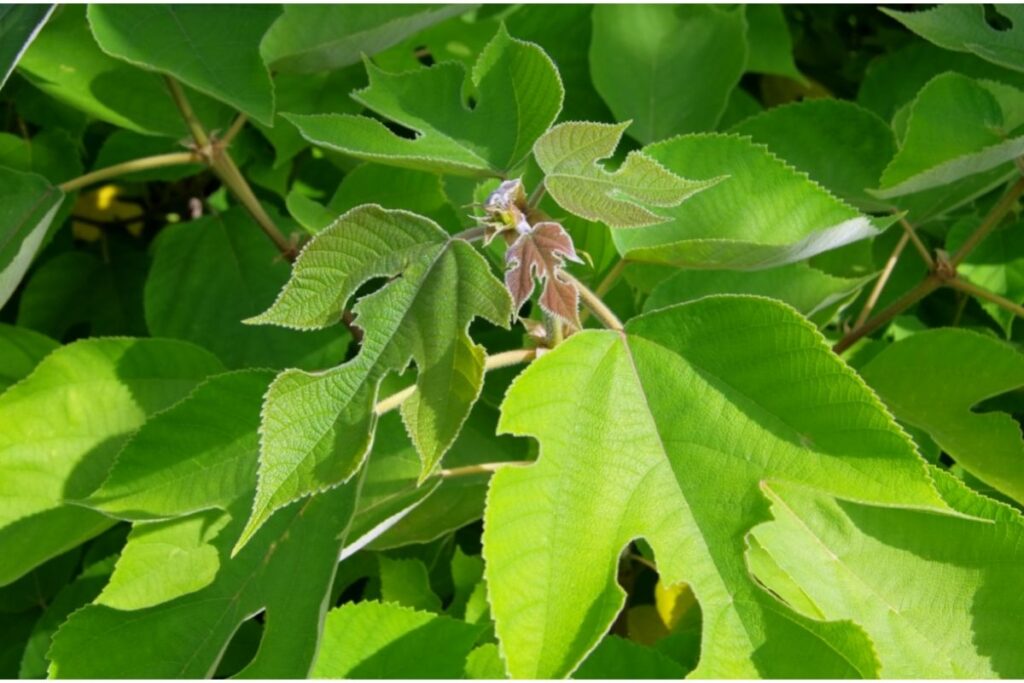
The paper mulberry tree is classified as a member of the fig family. The paper mulberry tree is recognized for its bark which is commonly used for making cloth.
The unique tree is native to Asia and can be found growing across several areas across Asia.
Due to its unique properties, the paper mulberry tree is widely cultivated for commercial use for making barkcloth.
RELATED: 19 Different Types Of Mulberry Trees (With Pictures)
7. Paperbark
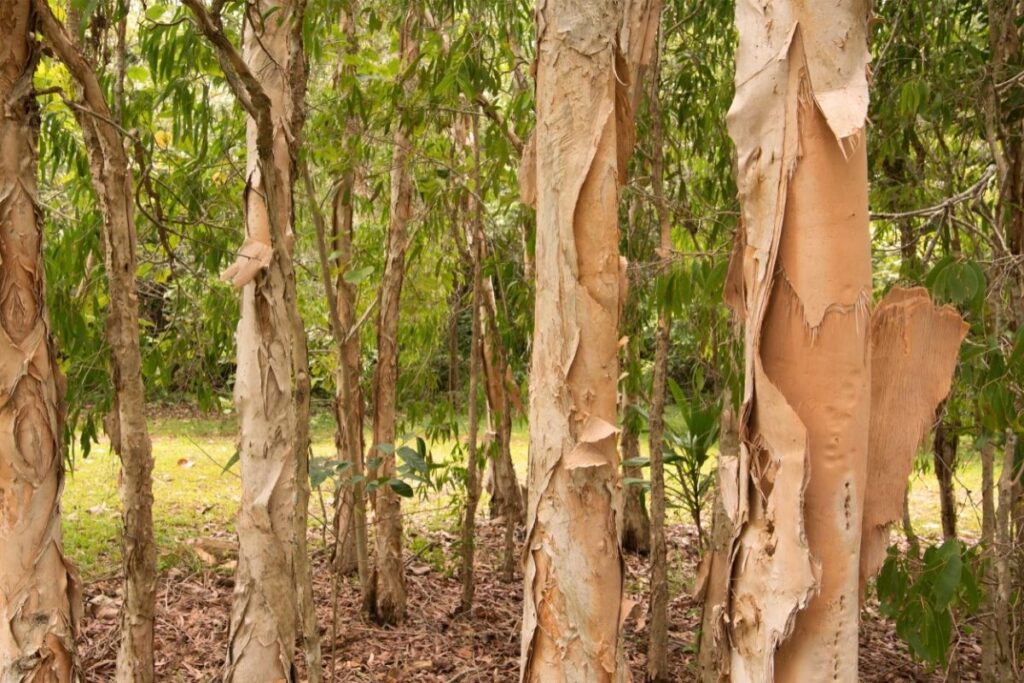
The paperbark tree scientifically known as Melaleuca quinquenervia is classified as a member of the myrtle family. The paperbark tree is characterized as a spreading, vine-like tree.
The tree is recognized for its paper-like bark and unique white flaky trunk. The tree is known for its distinct bottlebrush-like flowers.
The paperbark tree thrives in wet soil as it can most commonly be found growing near waterways, swamps, and rivers.
It is native to several regions including Papua New Guinea and Australia. The paperbark tree is most commonly cultivated for ornamental purposes due to its unique appearance.
8. Parasol Tree

The parasol tree is classified as a member of the mallow family.
The trees are commonly used as ornamental trees due to their distinctive lemon scent. The parasol tree is known for producing large white and green flowers that produce a strong citrus fragrance.
Besides its unique scent, the parasol tree is also recognized for its unique wood which is commercially used for making instruments due to its sonic properties.
Though native to Asia, due to its unique features, the parasol tree is widely commercially cultivated.
9. Patagonian Cypress
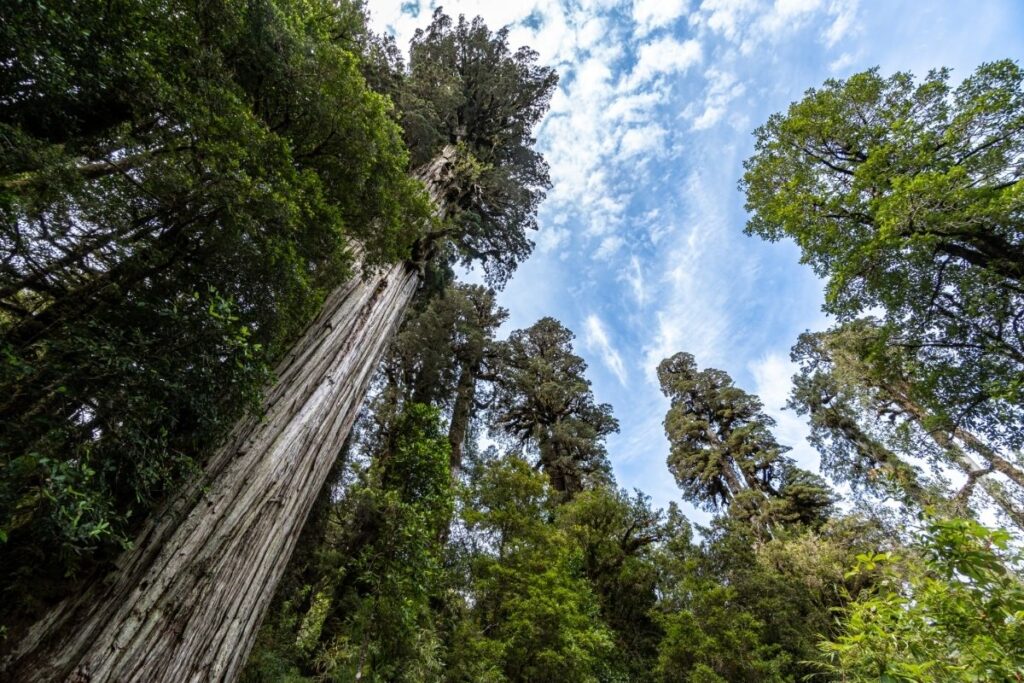
The Patagonian cypress is classified as a member of the conifer family.
The staggering tree is recognized by its incredibly long white trunk. The Patagonian cypress tree stands to be one of the largest tree species to be found in South America.
The towering tree features a slender trunk that can extend to 70 meters and a thick canopy of foliage and cones.
The Patagonian cypress tree is native is a common species of conifer that is native to the Andes, but it can cross several regions of the world as it is widely cultivated for commercial purposes.
10. Peach-palm
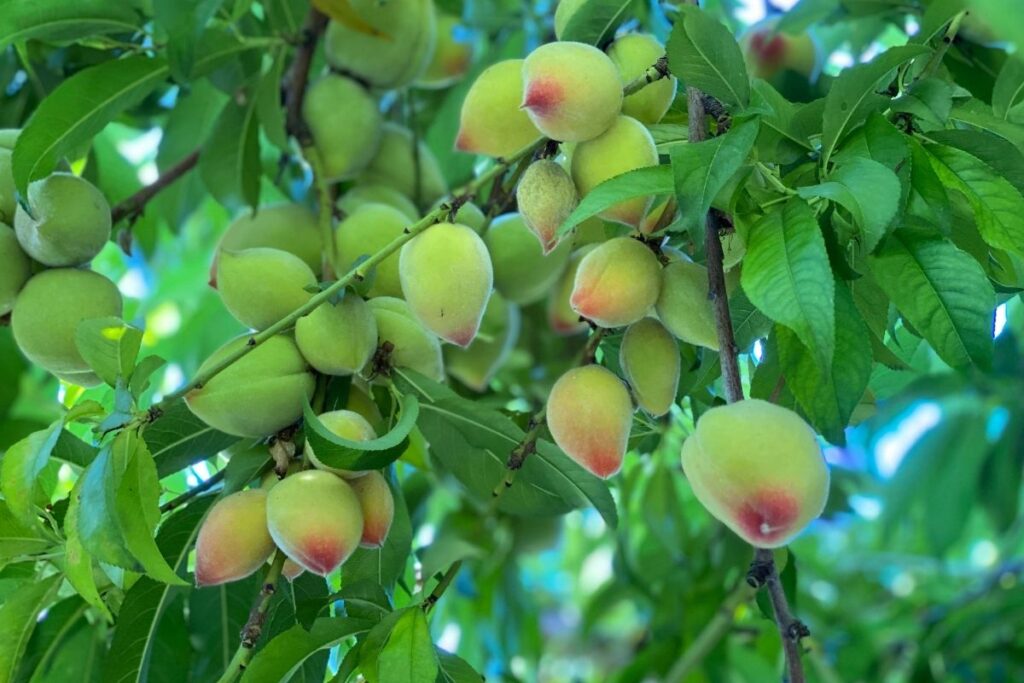
The peach-palm tree is a variety of palm trees that is recognized for the sweet peach-like fruit it produces.
The fruit it produces is considered to be nutrient-rich and edible but only after they have been cooked for a considerable amount of time.
Besides the fruit that the tree bears, the peach-palm tree is also widely cultivated for commercial purposes as its trunk is considered to be of significant value.
The peach-palm tree can be found growing in warm climates as it thrives in areas of significantly well-drained soil and tropical regions. The plant is native to South America.
11. Pear Tree
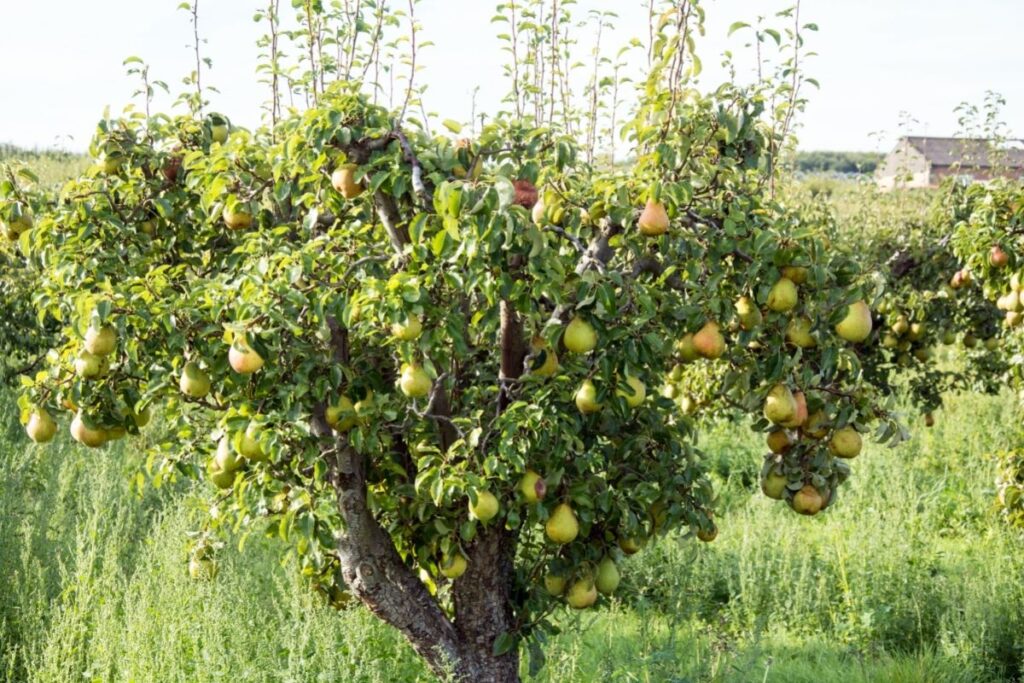
The flowering pear tree is classified as a member of the rose family and is scientifically known as Pyrus.
The pear tree is recognized for the pomaceous fruit that it bears which is known as a pear. Pears are internationally cultivated for their fruit.
Many species of pear exist, each unique in their appearance and flavor with one favored for their sweetness and others favored for their floral or tart hints.
The pear tree thrives in moderate climates and can most commonly be found growing across Europe, Asia, and North Africa.
Besides its delicious fruit, the pear tree is also frequently used commercially for its wood as it is used for making furniture and instruments.
12. Peppermint Tree
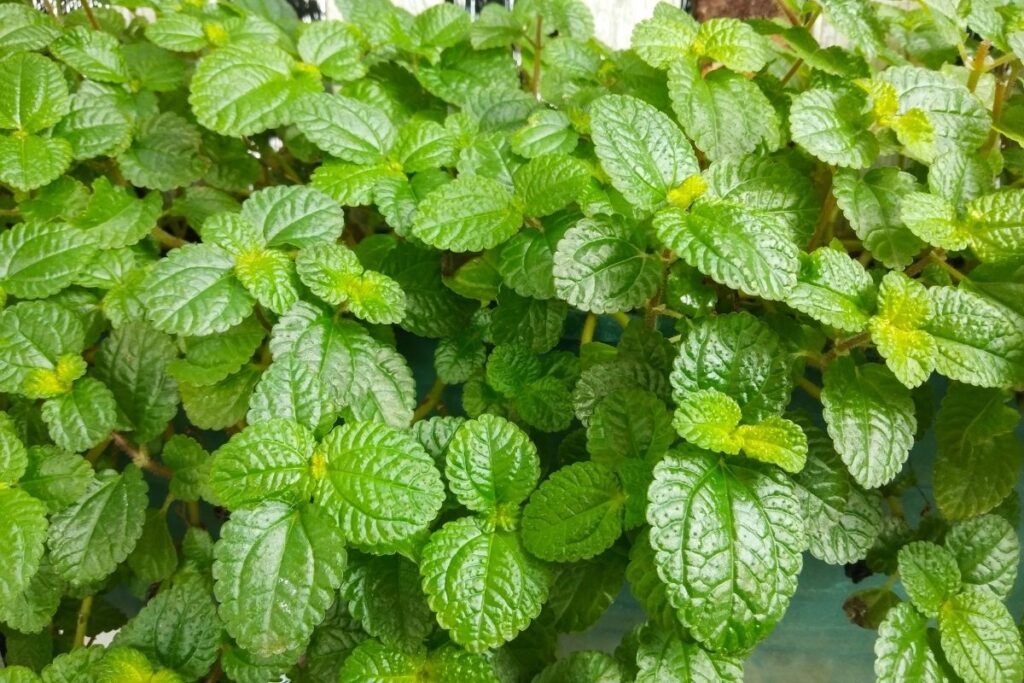
The peppermint tree, scientifically known as the Agonis flexuosa is classified as a member of the myrtle family and is native to Australia.
You may have heard of the peppermint tree which is widely recognized for its distinct minty smell. Besides its pleasant aroma, the peppermint tree is also recognized for its distinct willow-like appearance with its long, weeping leaves.
Hence, due to its distinct appearance and smell, the peppermint tree is widely used for ornamental purposes.
The peppermint tree is known to thrive in dry conditions of sandy soil and can often be found close to coastlines.
13. Persian Ironwood
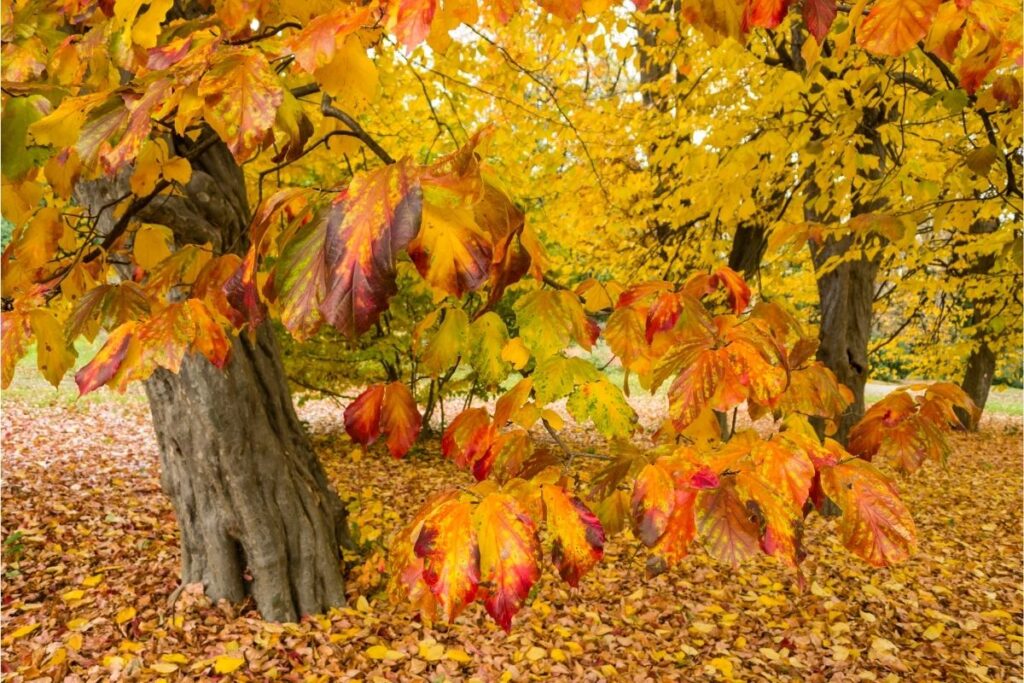
The Persian ironwood tree, scientifically known as the Parrotia persica is classified as a witch-hazel plant that is widely recognized for its bright autumnal foliage and its multi-stemmed branches.
The tree is native to Iran. The tree produces distinct red-orange witch-hazel flowers that are widely recognized for their bud-like petals.
The Persian ironwood is known for its strong yet smooth wood and its soft brown mottled bark.
14. Philippine Tung Tree
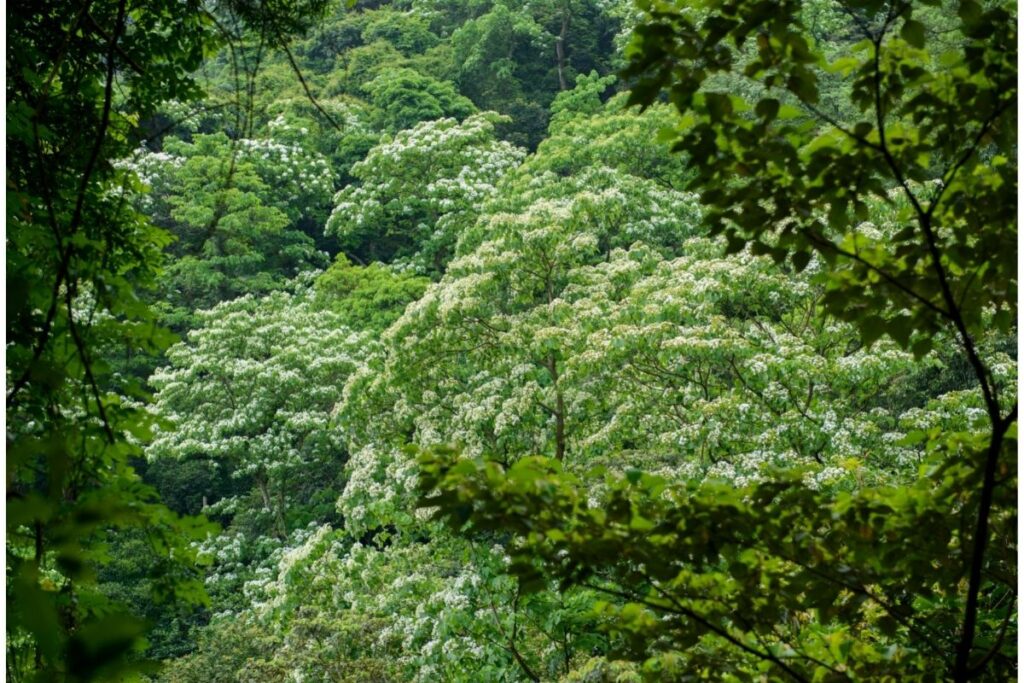
The Philippine tung tree is considered to be a vulnerable species due to the excessive commercial use of its wood for timber and its seed oil.
Though several features of the tree are considered valuable, the fruit of the Philippine tung tree is unusable as they are considered to be poisonous to humans.
15. Pine Tree
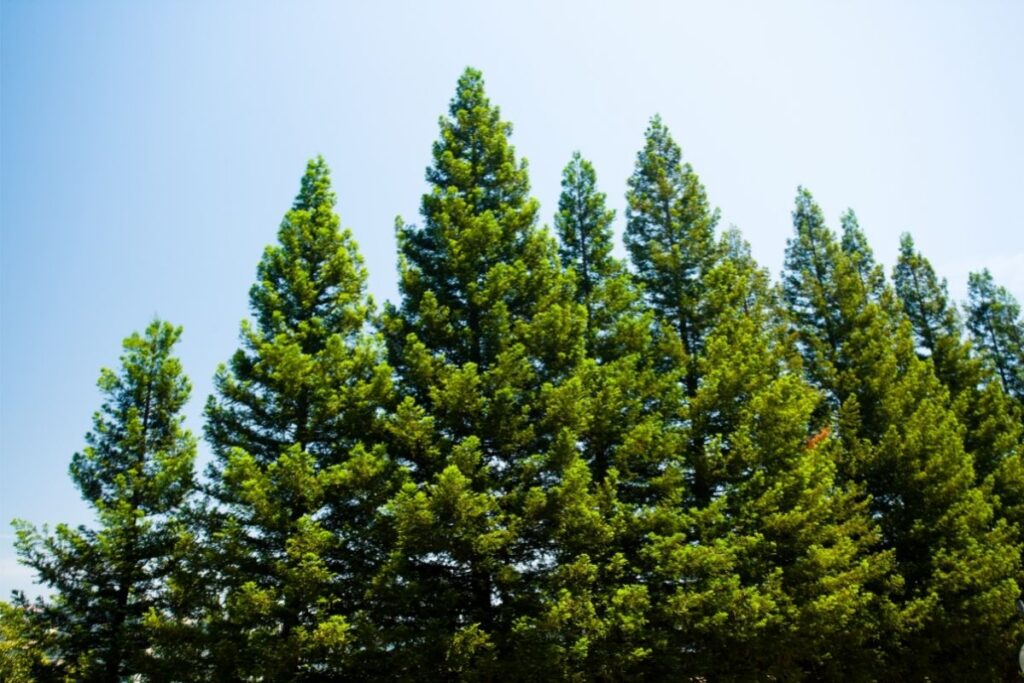
The pine tree is classified as a conifer tree.
It stands to be one of the most recognized types of tree in the world known for its staggering height and its valuable wood which makes it one of the most widely cultivated trees used for commercial purposes.
The pine tree is a hardy tree that can withstand various environments and thrive in several habitats.
Though native to the Northern Hemisphere, the pine tree can be seen growing along coastlines, in mountainous regions, and even rainforests.
16. Pistachio Tree
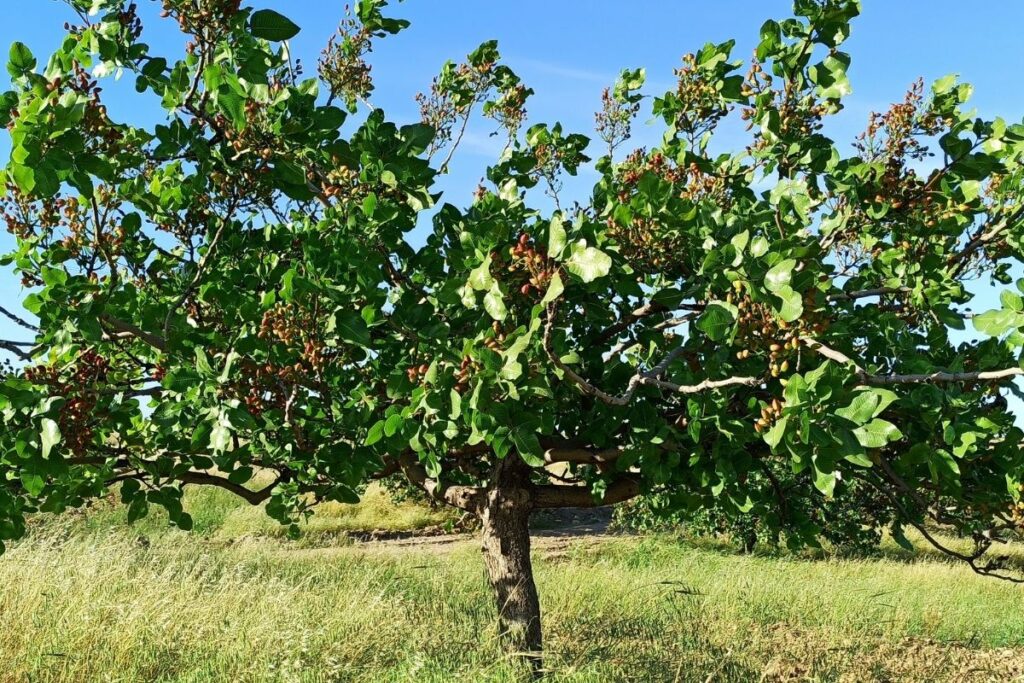
The pistachio tree is widely recognized for the seeds it produces. The pistachio tree is classified as a member of the cashew family.
The pistachio tree is commonly used for the seeds it produces that are known for their sweet flavor and nutty texture.
They stand to be a widely consumed food that is eaten all around the world for culinary purposes. The pistachio tree is native to Asia, Iran, and Afghanistan.
17. Pomelo Tree
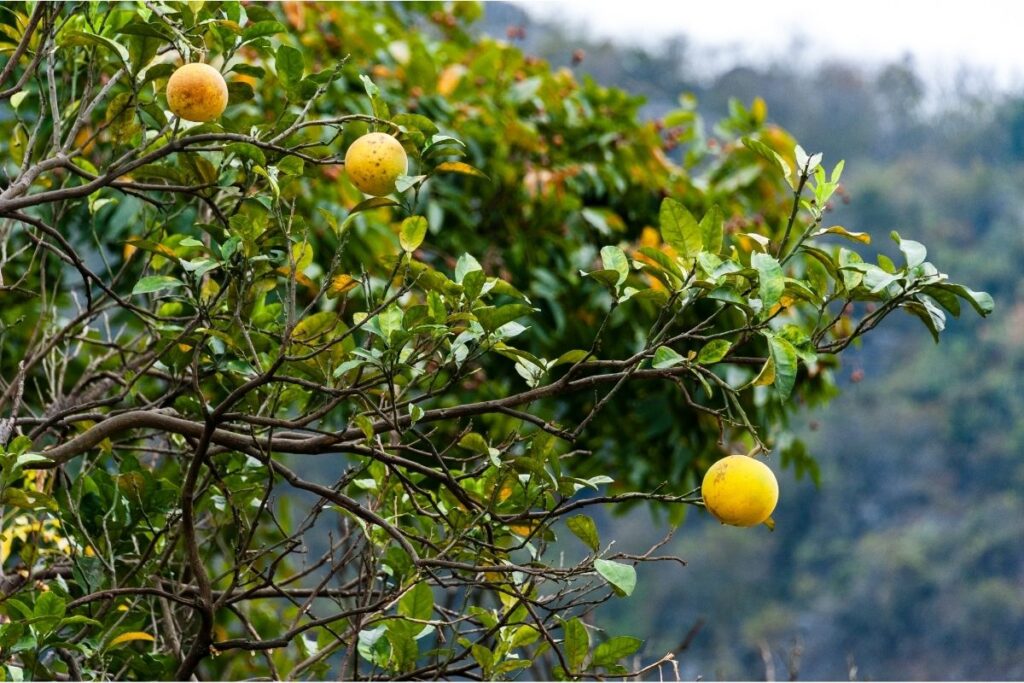
The pomelo tree is classified as a member of the citrus tree family, and it is most recognized for the citrus fruit that it produces known as the pomelo fruit.
The pomelo fruit is similar to the grapefruit in its tart acidity however, it significantly differs with its smooth mango-like surface.
The pomelo tree is native to Southeast Asia and is widely cultivated across Asia for culinary purposes.
Summary
The types of trees we’ve shared are all unique in their own right.
With trees that boast staggering height and trees with unique foliage, Whilst we’ve scratched the surface of our exploration of various types of some of the most amazing trees starting with P…
There is a whole alphabet of trees out there!
Editor’s Recommendations
Blooming Beautiful: 22 Different Types Of Orchid Trees







